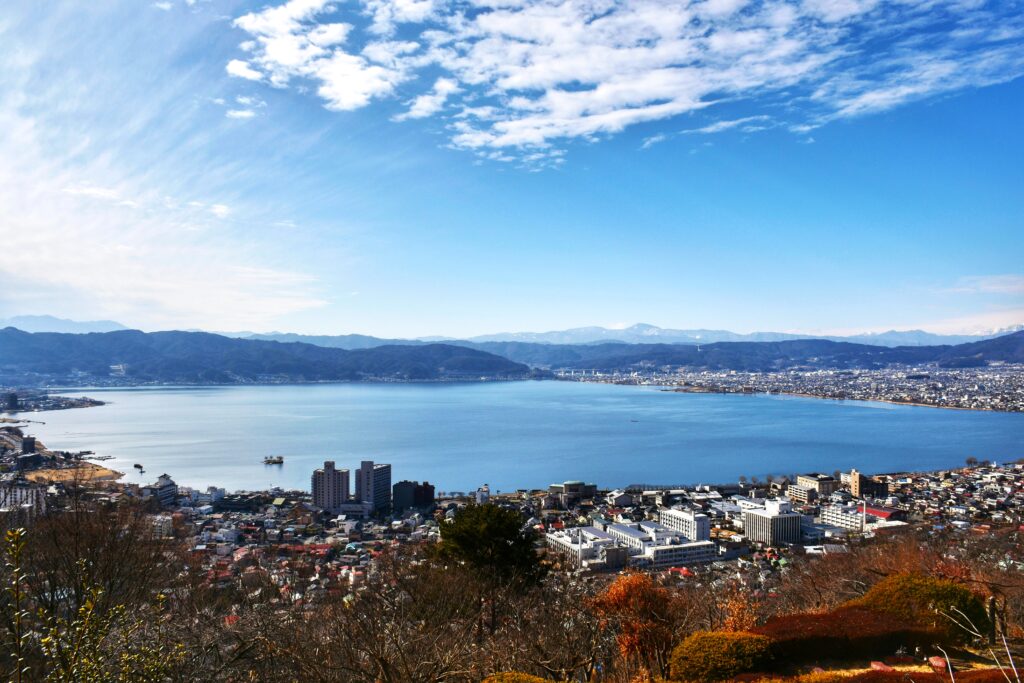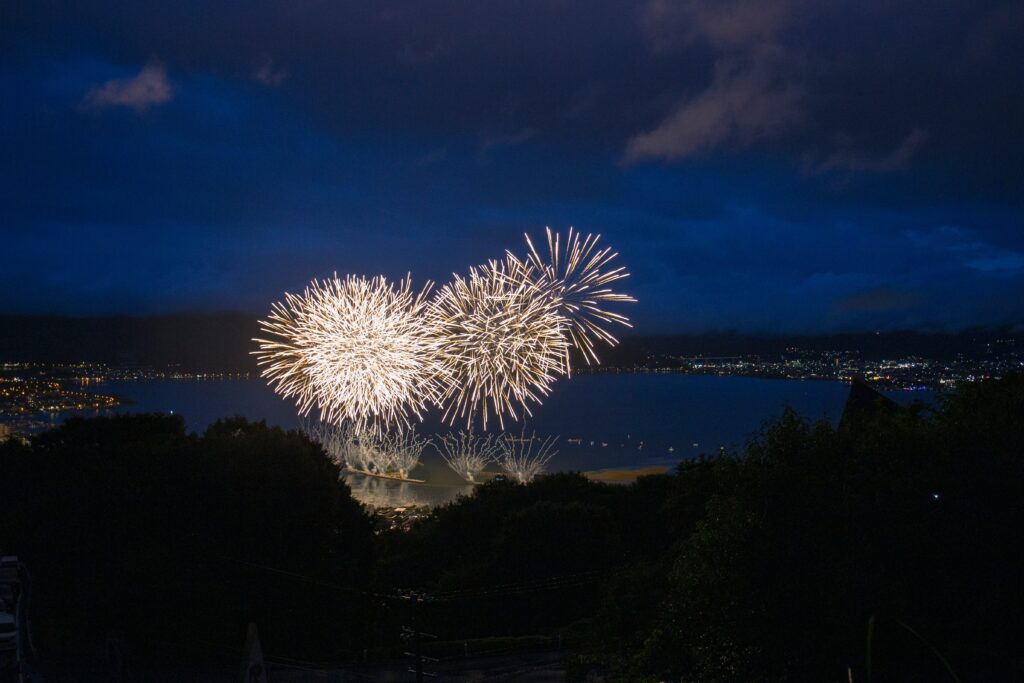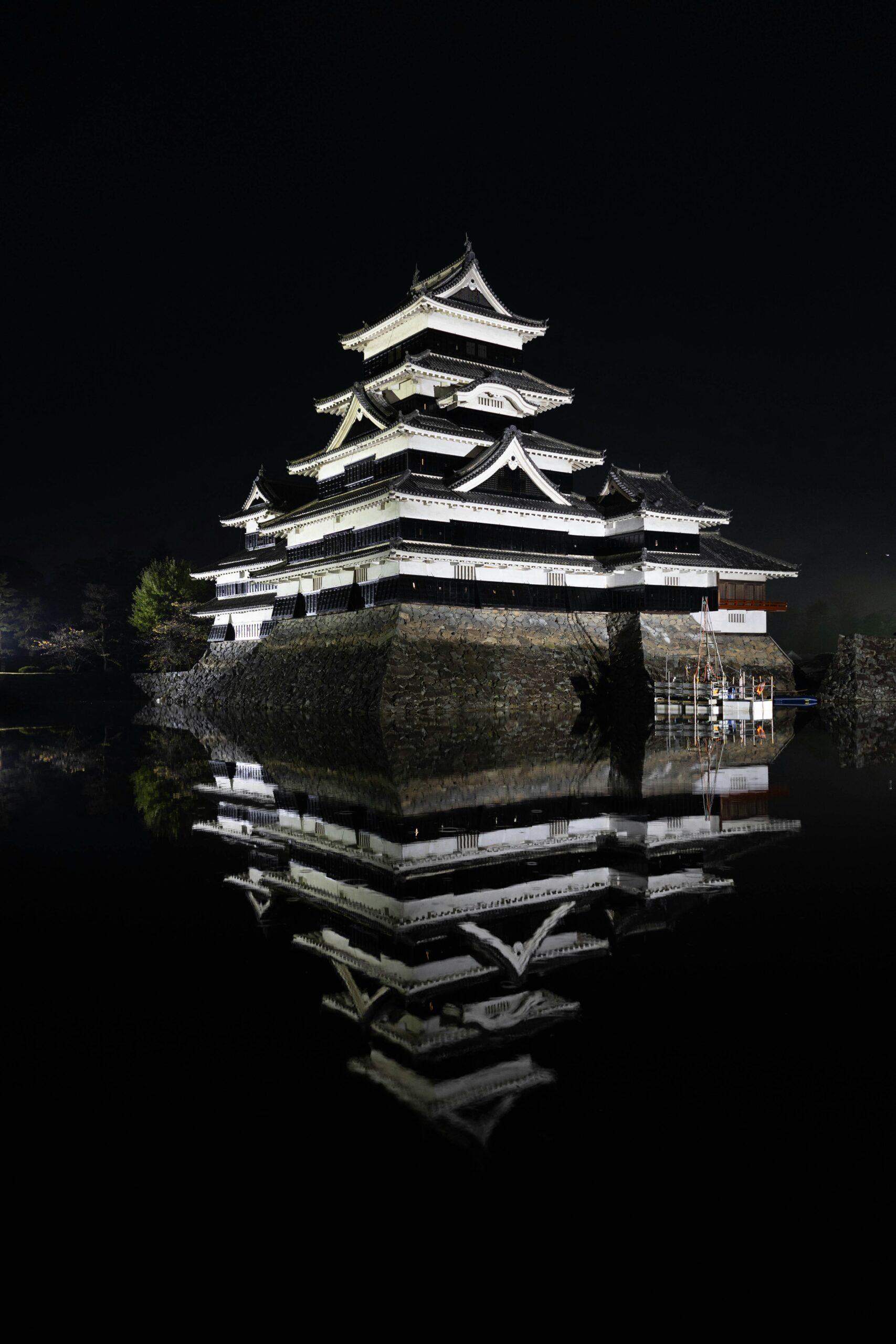It’s been three years since I began living alone in Osaka on assignment. Inside the glass towers of a global firm where English fills the air, I find myself constantly navigating between two worlds—Japan and the one I came from. Work is fulfilling, time passes quickly. And yet, there are quiet moments when I feel a subtle emptiness lingering somewhere deep inside me.
One day, a colleague casually asked, “Have you ever been to Matsumoto Castle in Nagano?” The question lingered in my mind more than I expected. I looked it up later, and there it was—a striking black castle rising against the blue summer sky. It radiated a kind of silent strength, and I couldn’t look away. Before I knew it, I was planning a three-day summer trip through central Nagano Prefecture.

I left from Shin-Osaka, transferred in Nagoya, and eventually arrived in Shiojiri—a quiet town in southern Nagano with roots as an old post station. From there, I made my way to Narai-juku, a preserved village once bustling with travelers during the Edo period. Back then, powerful feudal lords were required to journey regularly between their domains and Edo (now Tokyo), under a system called sankin-kōtai—a political mandate that shaped roads like the Nakasendō, which connected Kyoto and Tokyo through the mountains. Narai was one of the key stops along this historic route.

Even today, the town feels like a portal through time. Rows of wooden townhouses stand silently beneath the summer sun, their facades unchanged for centuries. On the stone-paved streets, people in light cotton kimono—summer robes called yukata—walked quietly, their presence blending effortlessly into the historic setting. From the eaves of old merchant houses, tiny glass wind chimes swayed in the breeze, their soft ringing a lullaby from another era. The scent of old wood filled the air.
I stopped at a traditional sweets shop and ordered gohei mochi—a regional snack made from grilled rice brushed with a sweet-savory walnut miso glaze. It was warm, charred at the edges, and utterly comforting. Humble, yet somehow indulgent.

From Shiojiri, I rode the train north about half an hour to reach Matsumoto. Once a castle town, today it stands as the cultural heart of central Nagano. The streets are broad, the sky feels wide open. I didn’t have to go far—the castle sits near the city center, surrounded by a wide moat. Its reflection on the water was so perfect, it felt like stepping into a painting.

“It’s really black, isn’t it?” a voice beside me said.
I turned to find a young man dressed simply in a pale blue shirt, khaki pants, and a black backpack. His face was thoughtful, his eyes focused directly on mine.
“Is a black castle unusual?” I asked.
He tilted his head slightly, then answered, “Yeah. This one was built at the end of the samurai war era, by a lord named Kazumasa Ishikawa. They say he had it painted with black lacquer to make it harder for enemies to spot, even at night.”
He told me he was a physics graduate student, traveling solo during his summer break. There was something calming in the way he spoke—succinct, almost mathematical.
“There are things in this country you can’t explain with logic,” he said. “That’s what makes it interesting.”
He smiled, then walked away, disappearing beyond the moat. I never asked his name, or where he was from. And yet his words stayed with me, echoing quietly.

That evening, I found a small restaurant for dinner—an old-style house tucked behind latticed windows, its soft glow drawing me in. Inside, earthen walls and exposed wooden beams framed the space. From the open kitchen came the aroma of grilled Shinshu beef, a local specialty, cooked over charcoal and glazed with miso sauce. It was rich, slightly smoky, and somehow reminded me of the mountains.

For dessert, I chose mizu manju—a translucent jelly made of agar, filled with smooth red bean paste and served ice-cold. It was barely sweet, but refreshing enough to chase away the weight of the summer heat.

The next morning, I boarded a train bound for Suwa, a lakeside town south of Matsumoto. Lake Suwa sits at an altitude of about 760 meters, ringed by mountains and dotted with hot spring inns. Time moved differently there—slower, softer.
That night, people began to gather by the lake. Fireworks rose into the sky, their bursts mirrored perfectly in the still water below. One after another, glowing flowers bloomed in the night. It was breathtaking—so beautiful it felt unreal. Standing at the edge of that mountain lake, I felt as if I were somehow watching myself from afar, a visitor to this quiet corner of a distant island.

The young traveler’s words returned to me: “There are things you can’t explain with logic. That’s what makes them interesting.” For the first time, I felt I might understand what he meant. These were sensations I could never have found in the office, moments I wouldn’t have noticed without stepping away. The quiet. The shift. The sense of something changing, deep inside.
By the time I returned to Osaka, I felt a little different. Stronger, perhaps. Quieter. Like the castle—still, dark, and quietly enduring.

Something New Travel

